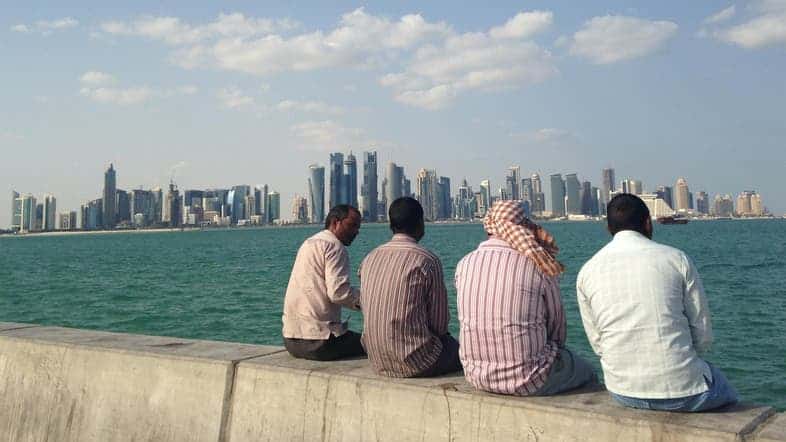In an attempt to cope with the ever-rising temperatures, Qatari authorities have started air-conditioning the outside.
Obviously, the move introduced to prevent problems in the next world cup in Qatar in 2022 is destined to further aggravate climate change, given that cooling uses energy from fossil fuels.
Cooling streets and open-air markets
Qatar has summer temperatures that almost permanently reach peaks of 46°C: it had already started air conditioning its football stadiums in preparation for the 2022 Qatar World Cup, but now the streets and open-air markets will also be set aside for cooling.
Qatar is the largest per capita emitter of greenhouse gases, according to the World Bank, and the fear is that it will soon become uninhabitable. The conditions, on the other hand, are all there.
"If theaverage global temperature rise reaches 2°C, as is feared, temperatures in Qatar would rise intolerably,” he said in an interview Mohammed Ayoub, research director of the Qatar Environment and Energy Research Institute.
“We are talking about an increase of 4 to 6° C in Qatar alone. And in an area that already has high temperatures”he said Ayoub. “What we ask now is how this would affect the health and productivity of the population.”
Killer humidity
The danger is more serious in Qatar is represented by high humidity levels: humidity stops evaporation, preventing the body from cooling itself through sweat.
“If it's hot and humid and the relative humidity is close to 100 percent, you can die from the heat your own body produces”Says Jos Lelieveld, atmospheric chemist from the Max Planck Institute for Chemistry in Germany, Middle Eastern climate expert.

The World Cup in Qatar has already been postponed for five months because of fears that visiting fans may have serious health consequences.
Qatar 2022: a zero impact world championship?
The government has said it expects the 2022 Qatar World Cup to be zero-impact, but experts believe this goal is completely unrealistic.
Frankly, I am skeptical too: Qatar provides an example of what could happen if we do not curb emissions over time.
It is almost the area of the world that is warming the fastest, second only to the Arctic, and has already become unbearable during the summer months.


